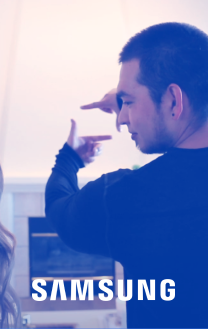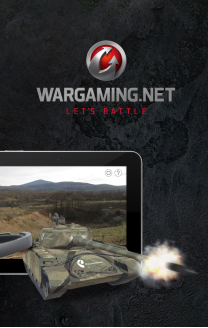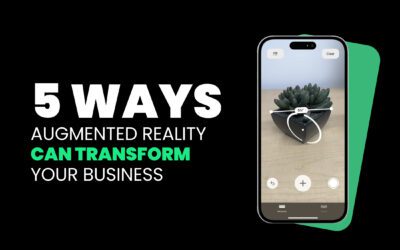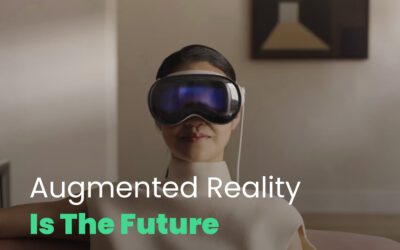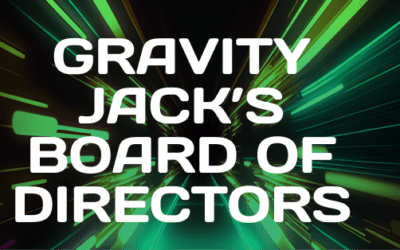As explained in a previous blog, WebAR (Web-based Augmented Reality) is an exciting new technology that enables users to experience augmented reality content directly from their web browser, without the need for a separate app or software installation. There are several WebAR platforms available on the market, each with its own strengths and weaknesses. In addition to reiterating how awesome WebAR is, we’ll explore the differences between the most popular WebAR platforms.
- AR.js is an open-source JavaScript library for building WebAR experiences. It uses the device’s camera and sensors to track markers and overlay digital content onto the real world. AR.js is compatible with most modern browsers and devices and can be used to create marker-based or markerless AR experiences. One of the main benefits of AR.js is its simplicity, making it a popular choice for developers who want to get started with WebAR quickly.
- A-Frame A-Frame is another open-source WebAR platform that is built on top of Three.js, a popular 3D graphics library for the web. It provides an easy-to-use framework for building immersive VR and AR experiences directly in the browser. A-Frame uses HTML markup to define the structure of the scene and JavaScript to define the behavior and interaction of objects. A-Frame is particularly well-suited for creating immersive 3D environments and VR experiences.
- 8th Wall is a commercial WebAR platform that offers a suite of tools and services for creating immersive AR experiences. It uses a combination of computer vision and machine learning algorithms to provide markerless AR tracking that works on a wide range of devices. 8th Wall provides a web-based editor that allows developers to create and test AR experiences in real-time, as well as a set of APIs for integrating AR functionality into existing web applications.
- ZapWorks is a cloud-based WebAR platform that provides tools for creating and publishing AR experiences. It offers a drag-and-drop interface for building AR content, as well as support for marker-based and markerless tracking. ZapWorks provides a range of templates and widgets for creating interactive AR experiences, as well as advanced features such as image recognition and face tracking.
- WebXR is a new web standard that provides a set of APIs for building immersive VR and AR experiences directly in the browser. It provides support for both VR and AR devices, as well as support for both marker-based and markerless tracking. WebXR is still in the early stages of development, but it has the potential to become the standard platform for building immersive web-based experiences.
As is the case with most products offered to consumers, each WebAR platform has its own strengths and weaknesses, and the choice of platform will depend on the specific needs of the project. AR.js and A-Frame are popular choices for developers who want to get started with WebAR quickly, while 8th Wall and ZapWorks offer more advanced features and tools for creating complex AR experiences. WebXR is still in the early stages of development but has the potential to become the standard platform for building immersive web-based experiences in the future.
If you have a project or an idea for one that you want to bring to the world through WebAR let us know! We have a growing portfolio of WebAR projects and we would love to add yours!

